Quartzite install - help set me up for success!
Kara Barkley
3 years ago
Featured Answer
Sort by:Oldest
Comments (19)
Beth H. :
3 years agolast modified: 3 years agoFlo Mangan
3 years agoRelated Professionals
Dearborn Kitchen & Bathroom Remodelers · Castaic Design-Build Firms · South Lake Tahoe Architects & Building Designers · Washington Architects & Building Designers · Federal Heights Kitchen & Bathroom Designers · Northbrook Kitchen & Bathroom Designers · San Jose Kitchen & Bathroom Designers · Vineyard Kitchen & Bathroom Designers · Fredonia General Contractors · Los Lunas General Contractors · Mount Vernon General Contractors · Security-Widefield General Contractors · Ewa Beach Kitchen & Bathroom Remodelers · Olney Kitchen & Bathroom Remodelers · Eagan General ContractorsFlo Mangan
3 years agoBarbara
3 years agoKara Barkley
3 years agoJoseph Corlett, LLC
3 years agoJAN MOYER
3 years agoPatricia Colwell Consulting
3 years agoJoseph Corlett, LLC
3 years agoBeyond Clean Tile
3 years agoUser
3 years agolast modified: 3 years agoKara Barkley
3 years agoUser
3 years agoKara Barkley
3 years agoKara Barkley
3 years agoJoseph Corlett, LLC
3 years agoJAN MOYER
3 years agolast modified: 3 years agochestnut3
last year
Related Stories
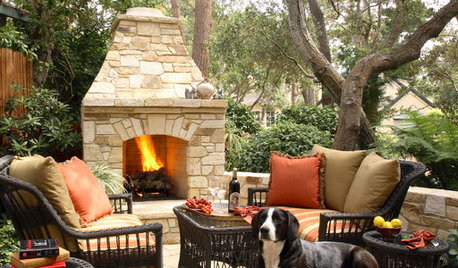
PATIOSSpring Patio Fix-Ups: Install an Outdoor Fireplace or Fire Pit
Make your yard the place to be by adding a fire feature that draws a crowd
Full Story
REMODELING GUIDESContractor Tips: How to Install Tile
Before you pick up a single tile, pull from these tips for expert results
Full Story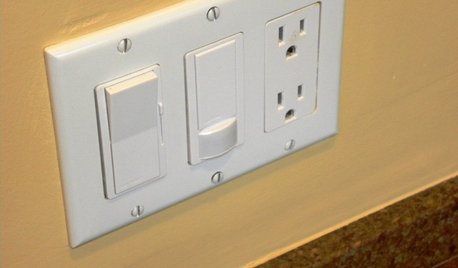
GREAT HOME PROJECTSHow to Install a Dimmer Switch
New project for a new year: Take control of your lighting to set the right mood for entertaining, dining and work
Full Story
KITCHEN BACKSPLASHESHow to Install a Tile Backsplash
If you've got a steady hand, a few easy-to-find supplies and patience, you can install a tile backsplash in a kitchen or bathroom
Full Story
BATHROOM DESIGNShould You Install a Urinal at Home?
Wall-mounted pit stops are handy in more than just man caves — and they can look better than you might think
Full Story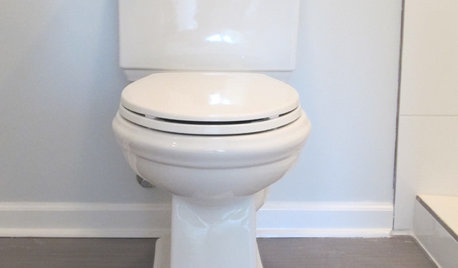
BATHROOM DESIGNHow to Install a Toilet in an Hour
Putting a new commode in a bathroom or powder room yourself saves plumber fees, and it's less scary than you might expect
Full Story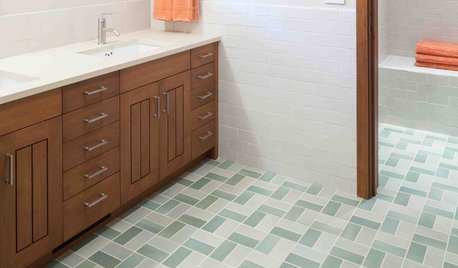
GREAT HOME PROJECTSHow to Install a New Tile Floor
Is it time to replace your tile floor? Here’s how to get it done, which pros to call and what it will cost
Full Story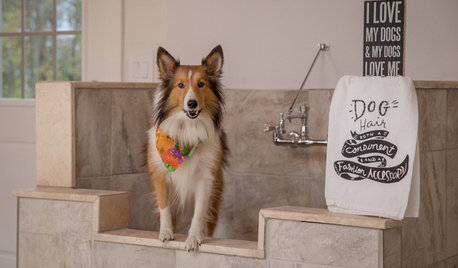
PETSHow to Install a Dog-Washing Station
Find out the options for pet showers and bathing tubs — plus whom to hire and what it might cost
Full Story
GARDENING GUIDESGreat Home Project: Install a Rain Garden
These beautiful and environmentally friendly landscape additions have a place in wet and dry climates
Full Story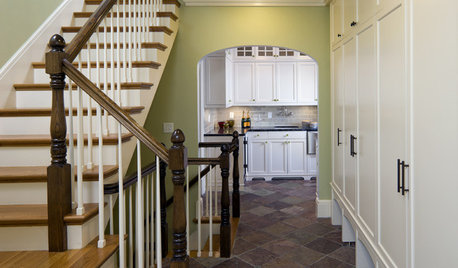
TILE6 Questions to Answer Before You Install Tile Flooring
Considering these things before tackling your floors can get you a better result
Full StoryMore Discussions








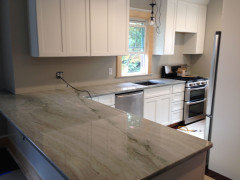



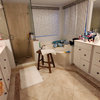


Joseph Corlett, LLC